Edmonton, located in Alberta, Canada, has a rich history of urban development that spans over more than a century. The city’s growth and evolution have been shaped by various factors, including natural resources, transportation, and economic activities. Here’s a brief overview of the history of urban development in Edmonton:
- Early Settlement (Late 19th Century):
- Edmonton’s history as a settlement predates its official incorporation as a city. Fort Edmonton, a Hudson’s Bay Company trading post, was established in 1795, serving as a hub for fur trade.
- The arrival of the Canadian Pacific Railway in the 1880s played a crucial role in the city’s growth, facilitating transportation and contributing to its status as a regional trade center.
- Incorporation and Expansion (Late 19th to Early 20th Century):
- Edmonton was officially incorporated as a town in 1892 and later as a city in 1904.
- The Klondike Gold Rush of the late 19th century brought increased economic activity and population growth to the city.
- Oil Boom (20th Century):
- The discovery of oil in Leduc, a town near Edmonton, in 1947 marked the beginning of the oil boom, transforming the city’s economy and leading to rapid urbanization.
- The city became a major hub for the oil and gas industry, attracting businesses and residents.
- Infrastructure Development:
- The mid-20th century saw significant infrastructure development, including the construction of major roadways and bridges, contributing to the city’s accessibility and connectivity.
- Cultural and Educational Hub:
- Edmonton has developed into a cultural and educational hub, with institutions like the University of Alberta contributing to the city’s intellectual and cultural vibrancy.
- Modern Urban Planning (Late 20th Century to Present):
- In recent decades, the city has focused on urban planning initiatives to accommodate its growing population while preserving green spaces and promoting sustainability.
- The development of areas like the Ice District, which includes Rogers Place (home of the Edmonton Oilers) and other commercial spaces, has brought a renewed focus on downtown development.
- Diverse Neighborhoods:
- Edmonton is known for its diverse neighborhoods, each with its unique character and history. Old Strathcona, for example, showcases historic architecture and is a center for arts and culture.
- Municipal Government Initiatives:
- The municipal government has played a crucial role in shaping the city’s development through strategic planning, zoning regulations, and infrastructure investments.
Edmonton’s history of urban development reflects its evolution from a fur trading post to a vibrant, modern city with a diverse economy and a focus on sustainability and quality of life for its residents. Ongoing urban planning efforts continue to shape the city’s future growth and development.

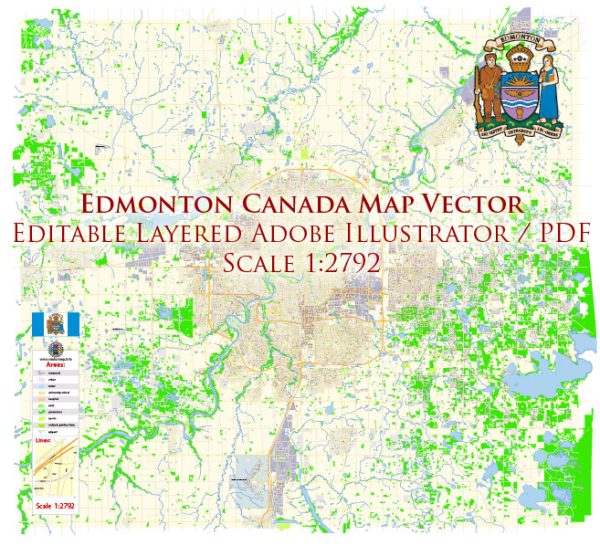
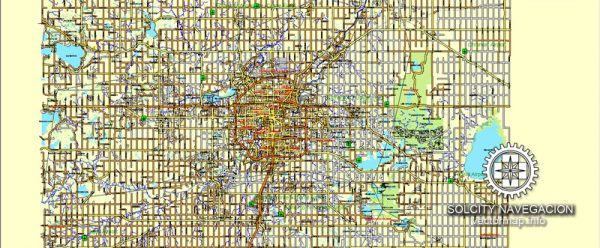
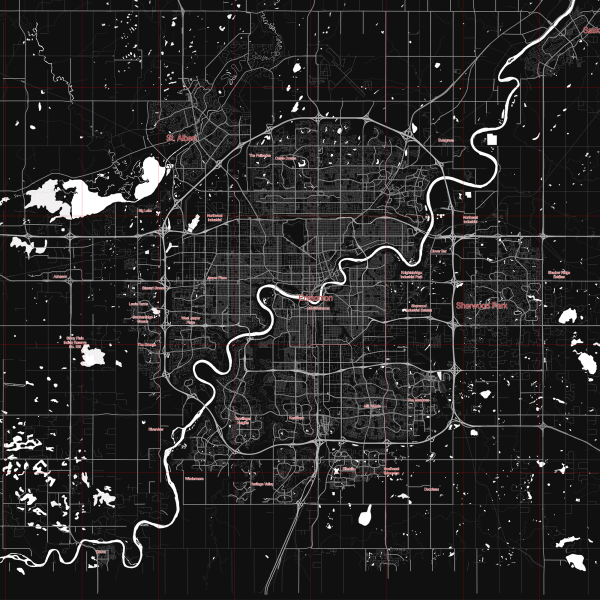
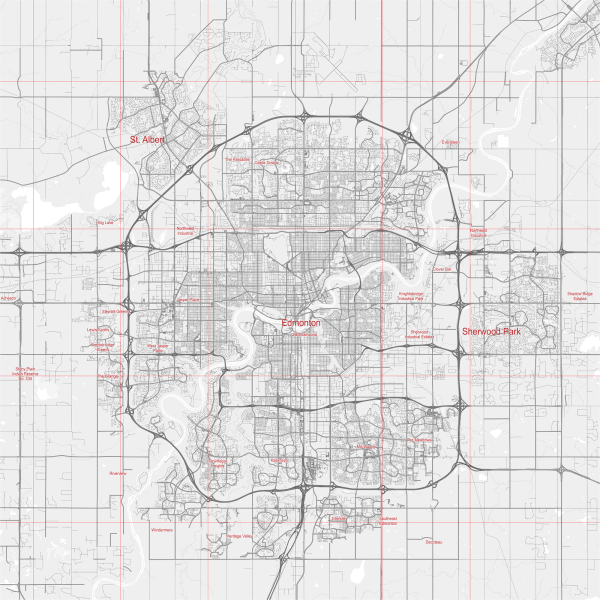
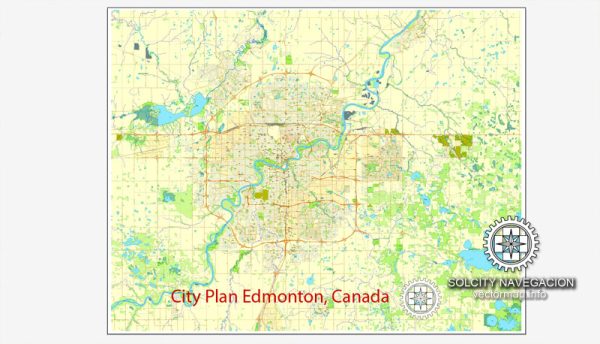
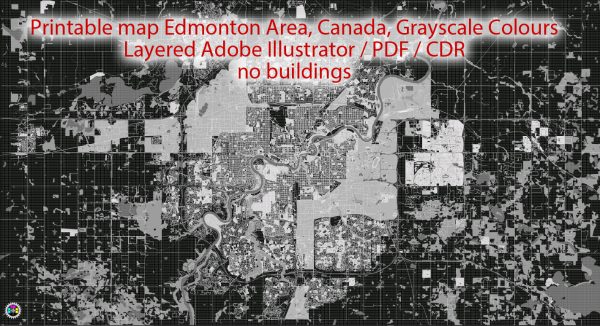
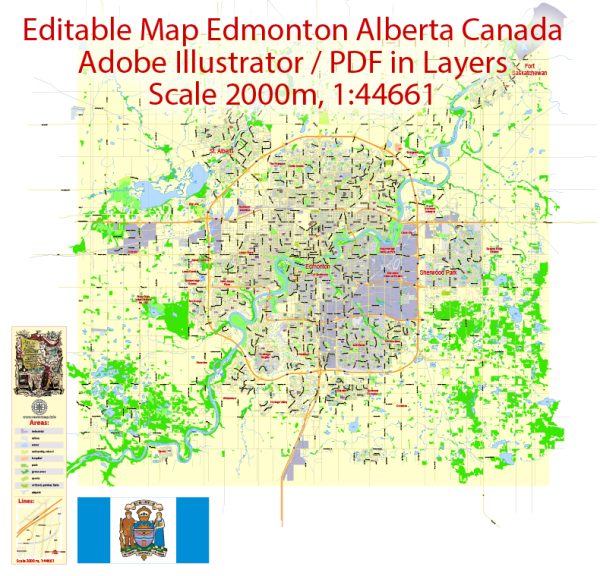
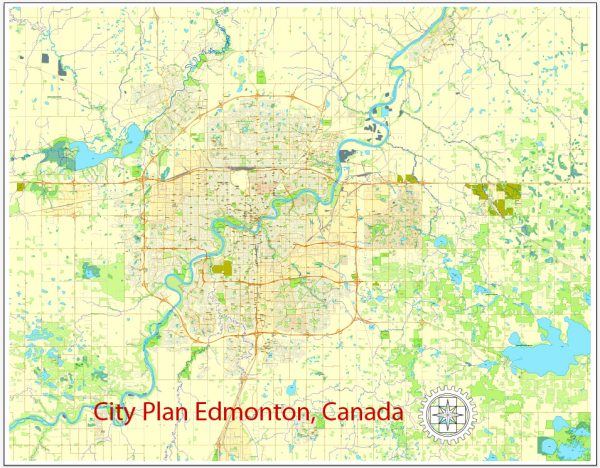
 Author: Kirill Shrayber, Ph.D.
Author: Kirill Shrayber, Ph.D.